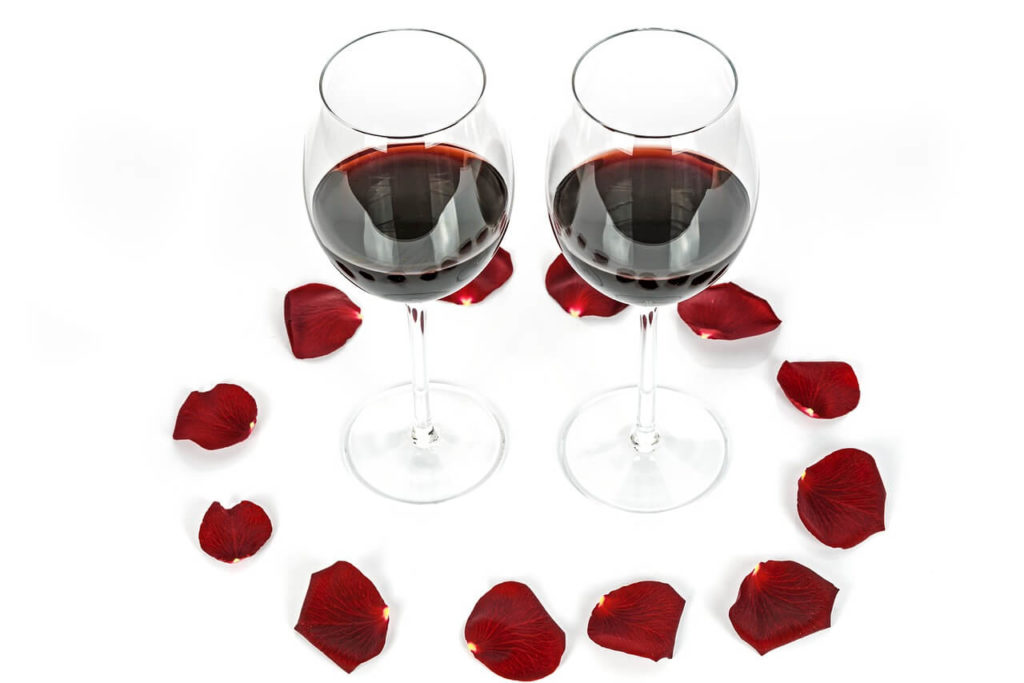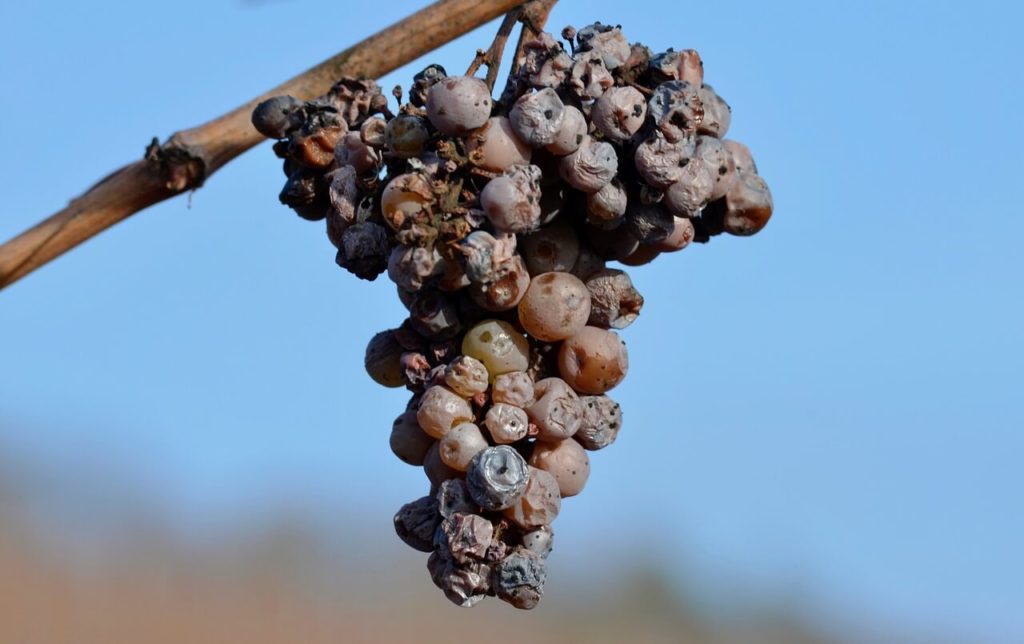The Ultimate Guide: How Wine Is Classified?
In the market, there are many types of wines, including red wine, white wine, rose wine, sparkling wine, sweet white… These different types of wines are dazzling, how are they classified? This article introduces you to several common basic classification criteria to help you sort out your ideas.
Classify 1: According to color
According to the color, wine can be divided into three categories: red wine, white wine, and pink wine. This is also the most common way to classify.
1. Red Wine

Red wine is fermented from grapes with skin. In general, the longer the skin is immersed, the darker the color. Young red wines usually have a deep purplish red or ruby red color. As it ages, it lightens to a garnet or brick red. In addition, the color of red wines is also influenced by the varietals, some of which are dark and produce darker wines such as Cabernet Sauvignon and Syrah.
2. White Wine

White wines can be made from both white and red grape varieties. In the making of white wine, grapes are pressed to remove the skins and seeds before they are fermented. This prevents the extraction of pigment and tannins from the skins. White wines can be divided into shades of turquoise yellow, lemon yellow, golden yellow, amber and brown.
In general, wines made from varieties such as Riesling and Pinot Gris present a very light lemon yellow. Different brewing techniques can also affect the color of the wine. In the case of Chardonnay, the Chardonnay wine aged in oak barrels will show a deeper golden color; In contrast, chardonnay wines that are not aged in oak barrels are lighter in color, with a light lemon yellow color.
3. Pink Wine

The color of pink wine is between red wine and white wine. It is made of red grape varieties after short-term impregnation and fermentation. Similar to red wine, the longer the red wine is soaked, the darker the color will be. Its color from shallow to deep is cherry powder, peach powder, peony red, coral red, and cherry red.
Classify 2: According to the carbon dioxide pressure
Here the form refers to whether the wine is bubbly, which relates to whether the wine contains carbon dioxide. As a result of this standard, Wines can be divided into Still Wines and Sparkling Wines.
1. Still Wine
This refers to wines with a carbon dioxide pressure of less than 0.05 MPa at 20℃. Most wines on the market today fall into this category.
2. Sparkling Wine

Sparkling wine refers to a wine with a carbon dioxide pressure greater than or equal to 0.05 MPa at 20℃. Common sparkling wines include French champagne, Spanish Cava, and Italian Prosecco and Asti.
According to the carbon dioxide pressure, sparkling wine can be divided into high sparkling wine and low sparkling wine.
The former has a carbon dioxide pressure greater than or equal to 0.35 MPa, while the latter is between 0.05 and 0.35 MPa. In general, high sparkling wine is more common on market.
Classify 3: According to the sugar content
During the fermentation process of wine, the sugar in the wine will be converted into alcohol under the action of yeast. If the sugar in the wine is not completely converted into alcohol after the fermentation, the remaining sugar is the residual sugar.
According to the amount of sugar, the general wine is divided into the following types:
1.Dry: sugar content less than or equal to 4 g/l is the most common type on the market
2.Semi-dry: sugar content is between 4-12 g/l
3.Semi-sweet type: the sugar content is between 12-45 g/l
4.Sweet: wines with more than 45 g/l of sugar
According to the content of sugar, sparkling wine can be divided into the following levels:
1. Brut Nature Sparkling Wines: sugar content is between 0-3 g/l
2. Extra Brut Sparkling Wines: sugar content is between 0-6 g/l
3. Brut Sparkling Wines: sugar content between 0 and 12 g/l
4. Extra Dry Sparkling Wines: sugar content is between 12-17 g/l
5. Dry Sparkling Wines: sugar content between 17-32 g/l
6. Semi-Dry Sparkling Wines: sugar content between 32-50 g/l
7. Sweet Sparkling Wines: contains more than 50 g/l of sugar
Classify 4: According to the wine body
Wine body is also a common concept in wine classification. According to the weight of the wine, wine is often divided into the following three categories:
1. Light-bodied Wine
Light-bodied red wines are generally lighter in color and have fewer tannins, typically Pinot Noir and Gamay. Light white wines, such as pinot gris, Albarino and Muscadet, tend to have a sharp acidity that makes them more refreshing when chilled.
2.Medium-bodied Wine
Medium-bodied wines tend to be darker and have more texture on the tongue, with red wines such as Merlot, Tempranillo and Sangiovese and white wines such as Sauvignon Blanc, Chenin Blanc, and Trebbiano.
3.Full-bodied Wine
Full-bodied red wines with the deepest color and abundant tannins are commonly represented by Cabernet Sauvignon, Syrah/Shiraz, and Malbec. Full-bodied white wines, such as Chardonnay, Viognier and Semillon, are mostly aged in oak barrels, making them heavier. It is important to note that red and white have different textures even though they are both full-bodied wines. That is to say, in the wine body, red wine can only be compared with red wine, and white wine is not comparable.
Classify 5: According to the grape harvest time
1. Ordinary Wine
This kind of wine is the most common, it is to point to the grape is picked after natural maturity come down, with fresh grape or grape juice as raw material, through whole or partial ferment brewing and become the fermenting wine that contains certain alcohol degree.
2. Late Harvest Wine
When grapes are naturally ripe and wait a few days (weather permitting), the naturally occurring sugar concentration in the grapes tends to be higher, and when picked, the resulting wine tends to be sweeter and more flavorful. It is worth mentioning that this late harvest grape is generally not infected by expensive rot bacteria, and there is no ice, only in the tree for simple air drying.
3. Noble Rot Wine

When the harvest time of grapes is delayed first, when the weather permits, the grapes are often infected with certain noble rot bacteria, which is common in Sauternes of France, Tokay of Germany and Hungary. Grapes infected with noble rot bacteria tend to have extremely high sugar concentrations, and the resulting wine is sweet with a distinct aroma of honey and dried fruit.
4. Ice Wine

This wine is also delaying the grape harvest time first. Waiting until the temperature drops to -7℃ to -8℃. Grapefruit is frozen and then harvested. This is common in Germany, Austria, and Canada. The grapes are often pressed with ice to keep the wine fresh.
Classify 6: According to the brewing method
According to the special techniques used in the production process, wine can be divided into the following types.
1. Fortified Wine
Sherry, Port, and Madeira are some of the names typically associated with wines that have been fermented by adding Brandy or other spirits or alcohol to enhance their alcohol content.
2. Aromatized Wine
A wine, such as Vermouth, based on wine and made by steeping aromatic plants or adding extracts of aromatic plants.
3. Carbonated Wine
The carbon dioxide contained in wine is not produced by fermentation but is partially or entirely artificially added to produce wine with physical characteristics similar to those of sparkling wine.
4. Non-alcoholic Wine
Also known as “detoxified wine”, refers to the grape fermentation, aging, impurity removal, and detoxification and other special processes of wine, alcohol content is very low, even close to 0%.
Classify 7: According to drinking time
1. Aperitif
Also known as the aperitif, often served before meals or with appetizers, mainly sparkling or white wine.
2. Table Wine
Usually served with dinner, mostly dry wine, such as dry red or dry white.
3. Dessert Wine
Some guys are used to ordering desserts after meals, so the after-dinner drinks are often matched with desserts, often sweet.
Other classification
1. Vintage Wine
The year marked on this type of wine label generally refers to the year of grape picking. The weather conditions are different in different years, and the quality of the grapes is not the same. Especially when drinking French Bordeaux wines, the year is a very important reference. In champagne or some of the enhanced wines, only a few excellent vintages will be introduced in the form of vintage wines.
2. Varietal Wine
Except for special producing areas such as France, most wines will be marked with the name of the wine grape on the label. Depending on the different characteristics of the grape variety, we can often roughly infer the taste and even the quality of the wine. Of course, sometimes wines will be mixed with different varieties to achieve the effect of complementing each other.
3. Original Wine
Similar to a variety of wines, wines from specific regions often represent specific style characteristics. Especially in some heavy-duty areas, wine can clearly reflect the characteristics of different plots.
